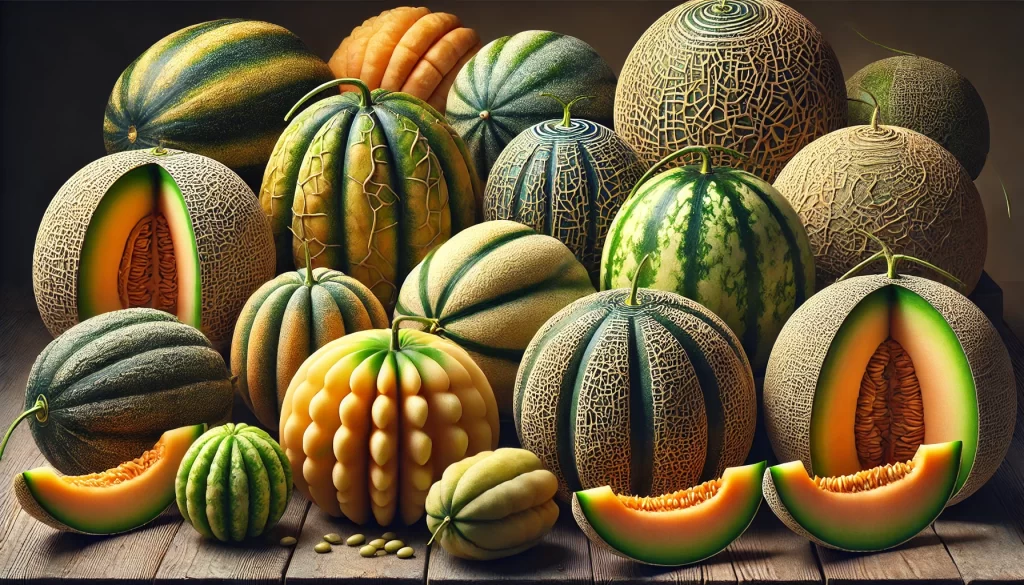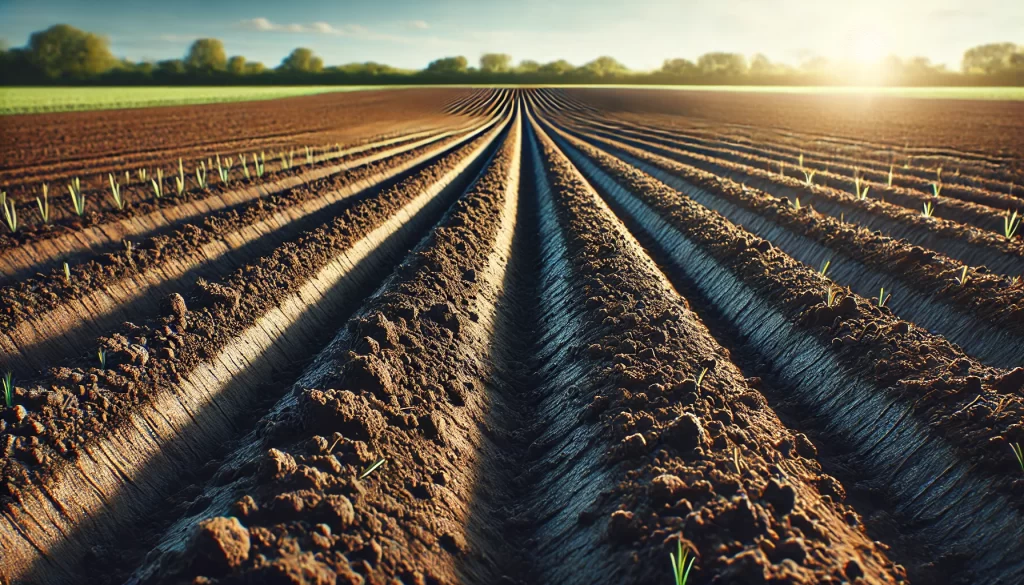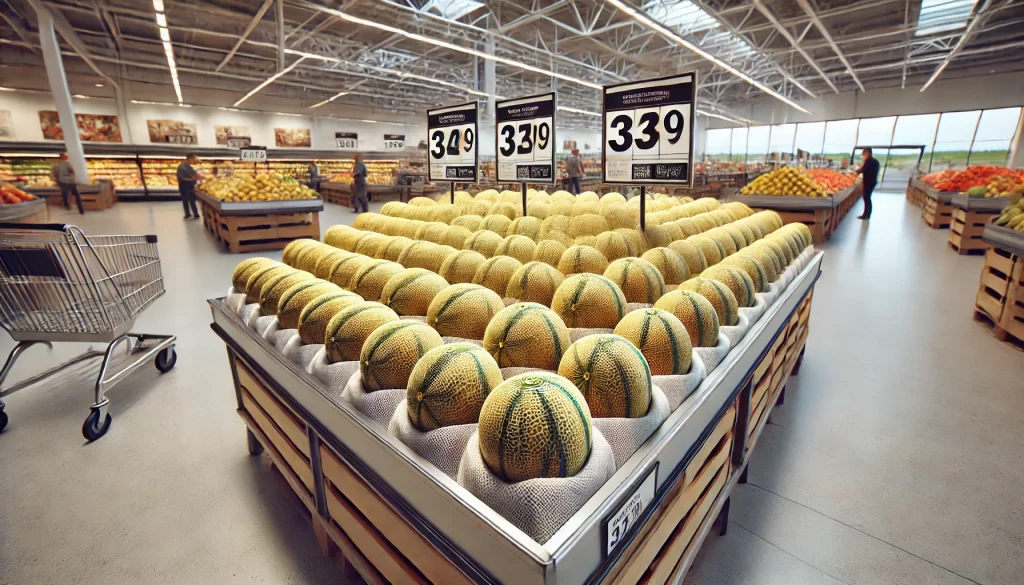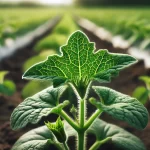Choosing the right variety of melon is a crucial step to maximize commercial and agricultural success. The selection is based on climatic factors, soil types, and market demands. In this article, we explore technical and practical criteria for selecting melon varieties that adapt to different regions and meet market expectations, optimizing profitability and production.

Regional Factors in Variety Selection
Climate and Soil Conditions
The performance of a melon variety largely depends on the climate and soil characteristics of the region. Understanding these factors helps determine which varieties will thrive best.
- Temperature and humidity: Varieties should adapt to average temperatures and local humidity levels. For example, some varieties are heat-resistant and require less water, ideal for dry climates.
- Soil type: Soil acidity, drainage, and composition influence the selection. Melons like Cantaloupe thrive in loose, well-drained soils rich in organic matter.

Technical Considerations
Conducting soil and climate analysis provides specific information for selecting melon varieties. Tools such as agroclimatic maps and entomology reports help predict crop adaptability in certain areas.
| Key Factor | Variety Recommendation | Example Variety |
|---|---|---|
| High temperatures | Heat and drought-resistant varieties | Honeydew, Galia |
| Clay soil | Varieties with deep root systems | Charentais |
| High humidity | Varieties with fungal disease tolerance | Cantaloupe, Uniform yield |
Understanding the Market
Consumer Demand and Preferences
Choosing the right melon variety must also align with market preferences. Understanding the taste, size, color, and firmness sought by consumers increases the chances of commercial success.

- Flavor and texture: Sweet and juicy varieties tend to be preferred in fresh markets.
- Appearance and durability: Some markets require melons that can withstand long transport without deteriorating.
Price and Competition Analysis
Market research on prices and competition helps determine which varieties offer better profit margins. A balance between demand and production costs is essential for profitability.
| Market Aspect | Strategy | Considerations |
|---|---|---|
| Product price | Select high-quality varieties with reasonable costs | Evaluate cost-benefit |
| Consumer demand | Opt for popular and adaptable varieties | Conduct surveys or review previous sales |
| Local competition | Diversify with unique varieties | Create a differentiating market niche |
Strategies for Variety Selection
- Evaluate local conditions: Conduct field studies and soil analysis to understand limitations and opportunities.
- Technical consulting: Collaborate with agronomists and extension agents to choose varieties adapted to the region.
- Pilot testing: Implement small-scale crops with different varieties to evaluate performance before large-scale investment.
- Market trend monitoring: Stay updated on consumer preferences and trends in the horticultural sector.

Conclusion
The selection of melon varieties should be an informed process considering regional factors and market demands. By conducting technical analysis of climate and soil, and understanding consumer preferences, farmers can choose varieties that maximize productivity and profitability. This integrated strategy boosts sustainability and competitiveness in the market.
References
- White, P.J., & Brown, P.H. (2010). “Melon Cultivation in Varied Climates: A Comprehensive Guide.” Journal of Horticultural Science, 85(3), 275-289.
- Nelson, J.K., & Rasmussen, G.L. (2015). “Market-Driven Selection of Melon Varieties: Balancing Yield and Quality.” Agricultural Economics Review, 49(2), 152-166.
- Ortega, R., & López, A. (2020). “Soil-Climatic Analysis for Optimized Melon Farming.” Sustainable Agriculture Research, 14(4), 98-112.
 AgronoBlog – Agriculture Blog
AgronoBlog – Agriculture Blog 


